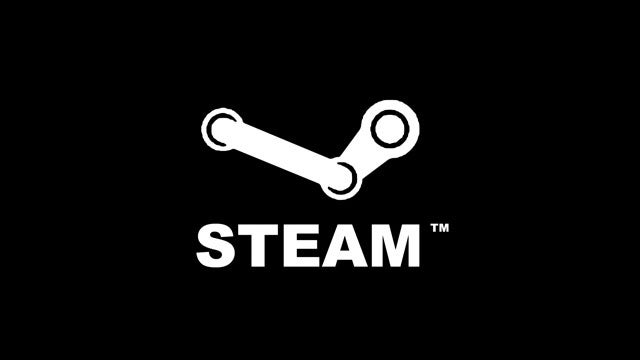
Portal is a Valve produced puzzle-platformer game which reached critical acclaim having sold millions of copies.
The game’s story mode centers around the main character Chell, who is forced to undergo a series of tests within the Aperture Science Enrichment Center by a psychotic artificial computer known as Glados. The tests involve the usage of a ‘Aperture Science Handheld Portal Device’, or portal gun, which creates a wormhole-like connection between any two flat surfaces.
This game spread Valve’s specialty in games, which they focused primarily in first person shooter games but with Portal achieved critical acclaim with a puzzle based game
Not only is this game considered highly entertaining, but also extremely educational, requiring the usage of physics, math, logic, spatial-reasoning, probability, and problem solving, interesting, cool, and in the method of a video game
The game was originally released as a three-game compilation, The Orange Box, and though intended as a short bonus feature of the compilation, was instead considered the highlight of the compilation.








